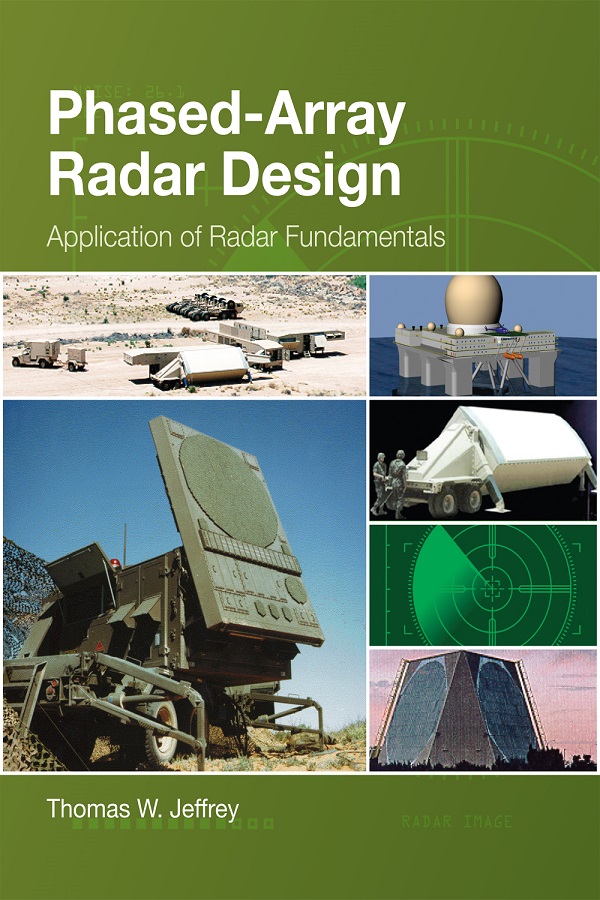
The lens, which serves as an efficient passive reflector, is used in fighter planes to enhance the signature of a radar signal. German-American Rudolf Luneburg, a professor of mathematics and optics, first proposed his unique gradient-index lens in 1944. Tucson, Arizona-based Lunewave was founded in 2017. That shortcoming motivated Hao and John Xin, the brother co-founders of Lunewave, to commercialize a spherical radar antenna based on the Luneburg lens design created three-quarters of a century ago. And it has a low cost, which depending on quality and scale of production, is between about $50 to a few hundred dollars per unit.īut the relatively inexpensive, planar, phased-array radar antennas commonly used for functions like adaptive cruise control don’t have the resolution needed for higher levels of automated functions. It’s good at detecting objects from long distances of a couple hundred meters or more, even in bad weather. Like all sensors intended an automated vehicle (AV), radar has strengths and weaknesses. Radar sensing has been used for various functions in passenger vehicles for more than two decades. The array produces 23 to 24 dBi gain at boresight within the 37 to 40 GHz band with all elements excited (see Figure 1).The Luneburg-inspired sphere, about the size of ping-pong ball, contains 6,500 uniquely designed miniature chambers.” A 16 x 4 element array is designed with rectangular patches at λ/2 spacing and, for each individual patch, continuous phase and amplitude control is assumed. Assumptions are made to achieve a proof-of-concept and to ease the computational resources required to arrive at a useful design. A theoretical phased array lens system is imagined here.Ī phased array antenna system operating from 37 to 40 GHz is designed in Ansys HFSS for supplementing with a field-of-view enhancing GRIN lens. 4 One possibility to overcome this limitation while preserving the many advantages of an electronically steered system is to supplement the system with a GRIN dielectric lens. Typically, for a flat panel phased array, the theoretical gain achievable at a given steering angle is a function of cos(θ), where θ is the target angle and θ = 0 degrees is the boresight direction. This fundamentally limits the steering angle.

The main disadvantage of flat panel electronically steered systems is the available effective aperture versus steering angle. With a large enough antenna array and an electronic control and feed system, beam steering antenna arrays are designed to direct the main radiating lobe of the antenna array anywhere up to a maximum beam angle, rapidly steering the beam and even creating multiple lobes that are independently steered. One way of achieving beam steering in these antenna arrays is to switch on and off certain elements another way is to control the relative phase and amplitude of the signals to/from groups of array elements, or to/from each individual element.
#Phased array radar design 360 degree view Patch#
These are commonly manufactured using PCB fabrication processes that integrate the antenna arrays (e.g., patch antennas) with a feed network that connects them to other front-end components. With recent advancements in flat panel electronically steered antennas, many high frequency applications can use antenna arrays that are electronically controlled by manipulating the signal feeds to individual antenna elements within a larger array.

While mechanically steerable antennas were developed to address this challenge for certain applications, they are less desirable for others due to limited steering speed for spatial multiplexing and limited reliability, since many consist of motors and other moving parts that are susceptible to wear. This has driven system designers to seek steerable systems to concentrate the signal for a specific target or user. While existing phased array antenna systems may be suitable for their intended purpose, the addition of a synthetic gradient index (GRIN) lens, enabled by new dielectric 3D-printing techniques, simplifies the phased array system to increase steering performance and overcome the wide-angle limitations of flat panel phased array antennas.įor many high frequency RF applications, a fixed antenna array or an omnidirectional antenna is not sufficient to cover all required directions while providing sufficient radiated power to overcome atmospheric attenuation and high levels of channel fading. High atmospheric attenuation along with higher degrees of channel fading conditions prevalent in upper microwave and mmWave frequencies have driven system designers across the industry to develop steerable, active systems, like phased array antennas. New demands in novel communications and radar systems require the adoption of active antenna systems to take them to new generations.


 0 kommentar(er)
0 kommentar(er)
